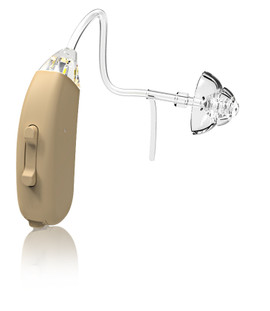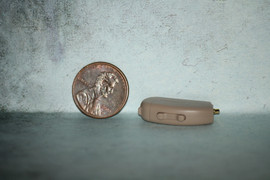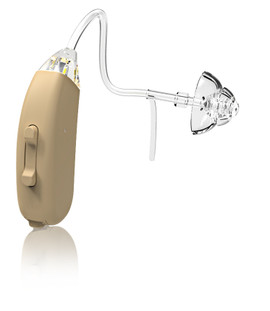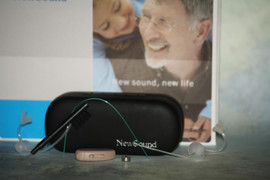Choosing the Right Hearing Aid: A Comprehensive Guide for First-Time Users
Posted by DR Paul on Jan 11, 2024
Hearing loss is a common issue among people of all ages. It can be frustrating if you are struggling to hear and communicate with others. It can cause anxiety and even depression, but with the right hearing aid, you can get back to enjoying your life without any limitation. However, choosing the right hearing aid can be a challenge for first-time users. There are so many different types and styles to choose from, so where do you start? This comprehensive guide will help you navigate this process so that you can make the right choice for your hearing needs.
Hearing aid types
The first thing you need to know is the different types of hearing aids available in the market. There are three main types of hearing aids: behind-the-ear (BTE), in-the-ear (ITE), and in-the-canal (ITC). BTE is the most common type and it is easier to put on and remove. ITE is smaller and more discreet, while ITC is the smallest and nearly invisible. When choosing the type of device, consider the level of hearing loss, physical limitations, personal preferences, and lifestyle.
Hearing Aid Features
Hearing aids come with a range of features, from basic to advanced. Some common features include digital noise reduction, directional microphones, telecoil, feedback suppression, and rechargeable batteries. Some devices come with additional features like Bluetooth connectivity and remote control. The features you choose should match your lifestyle, hobbies, and work.
Hearing Aid Size and Fit
The size and fit of the hearing aids is another critical factor to consider. A poorly fitted hearing aid can cause irritation, discomfort, and even additional hearing loss. The right size and fit will depend on the shape of your ear canal and the level of your hearing loss. Custom-molded devices are more expensive but offer a more precise fit, while standard devices are cheaper but less customized.
Hearing Aid Cost and Insurance
Hearing aids vary in cost, and the price can be a significant barrier to access. The average cost of a pair is around $4,000, and this can rise depending on the features and type of device. However, some people may be eligible for insurance coverage, so it is essential to check with your insurer. There are also financial assistance programs, such as low-interest loans and charities that can help reduce the cost.
Hearing Aid Maintenance and Care
Once you have chosen the right device, you need to maintain and care for it properly. This includes changing the batteries regularly, keeping them dry and clean, and taking them for regular check-ups and cleaning by a hearing care professional. Proper maintenance and care not only prolong the life of the device but also ensure that it works optimally.
Hearing aids can significantly improve your quality of life if you have hearing loss. However, selecting the right device can be overwhelming, especially for first-time users. It is essential to consider the type, features, size and fit, cost and insurance, and maintenance and care of the hearing aid. Remember, the best hearing aid for you is the one that fits your lifestyle, preferences, and hearing needs. Work with a hearing care professional to get the right device and enjoy a life with better hearing.










